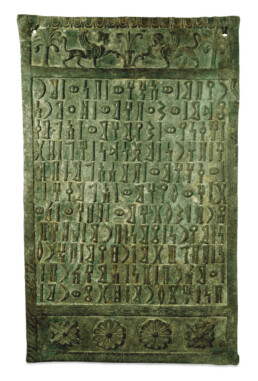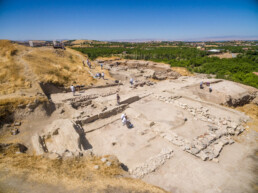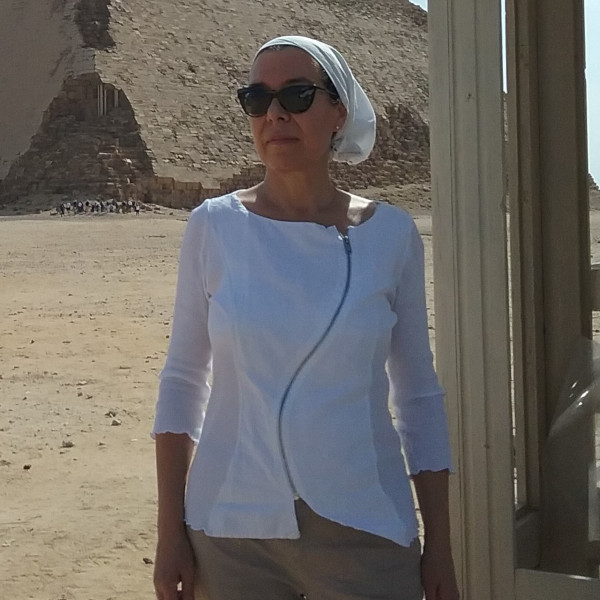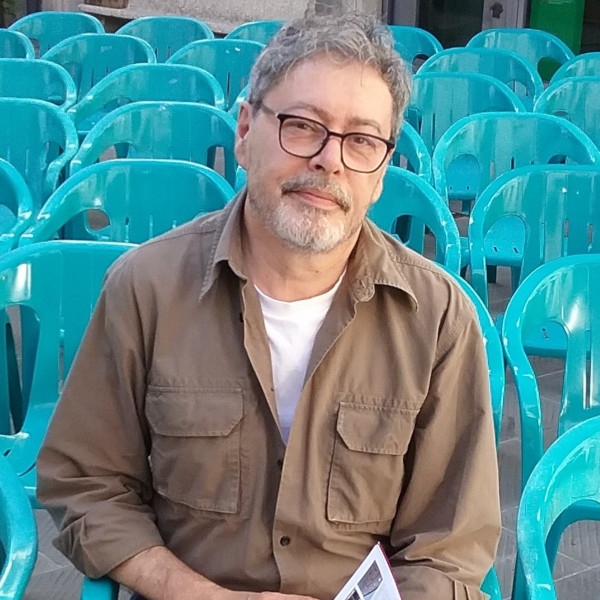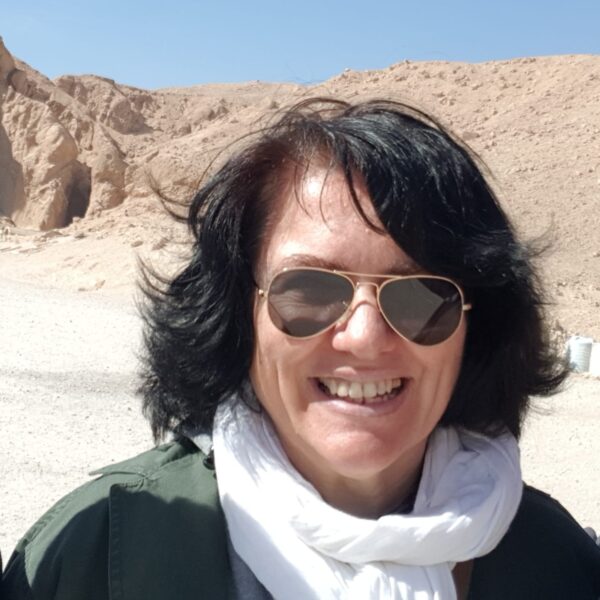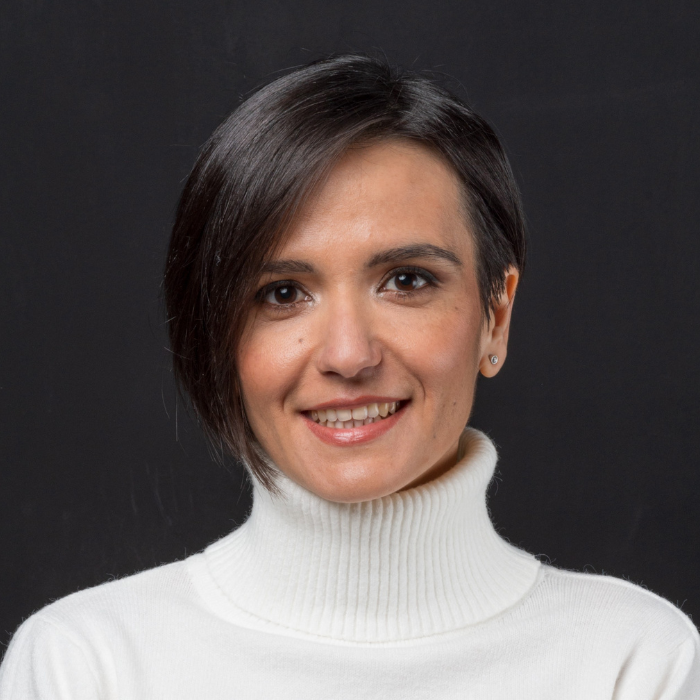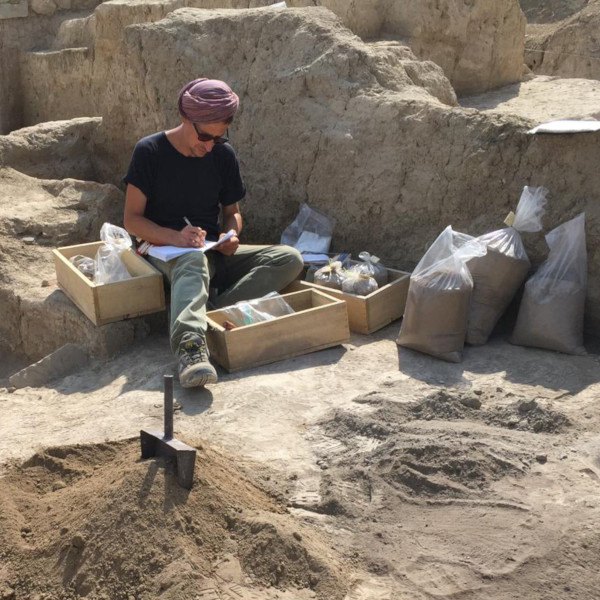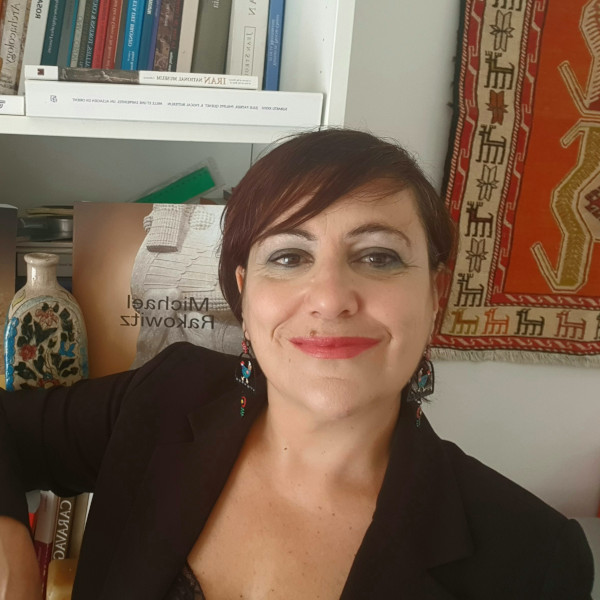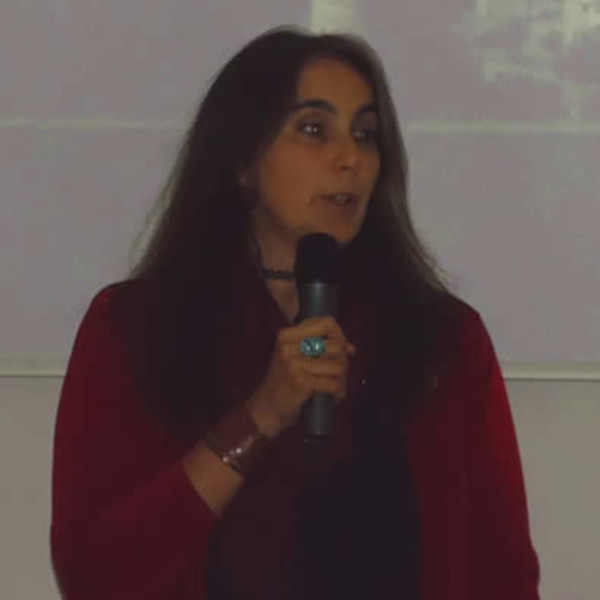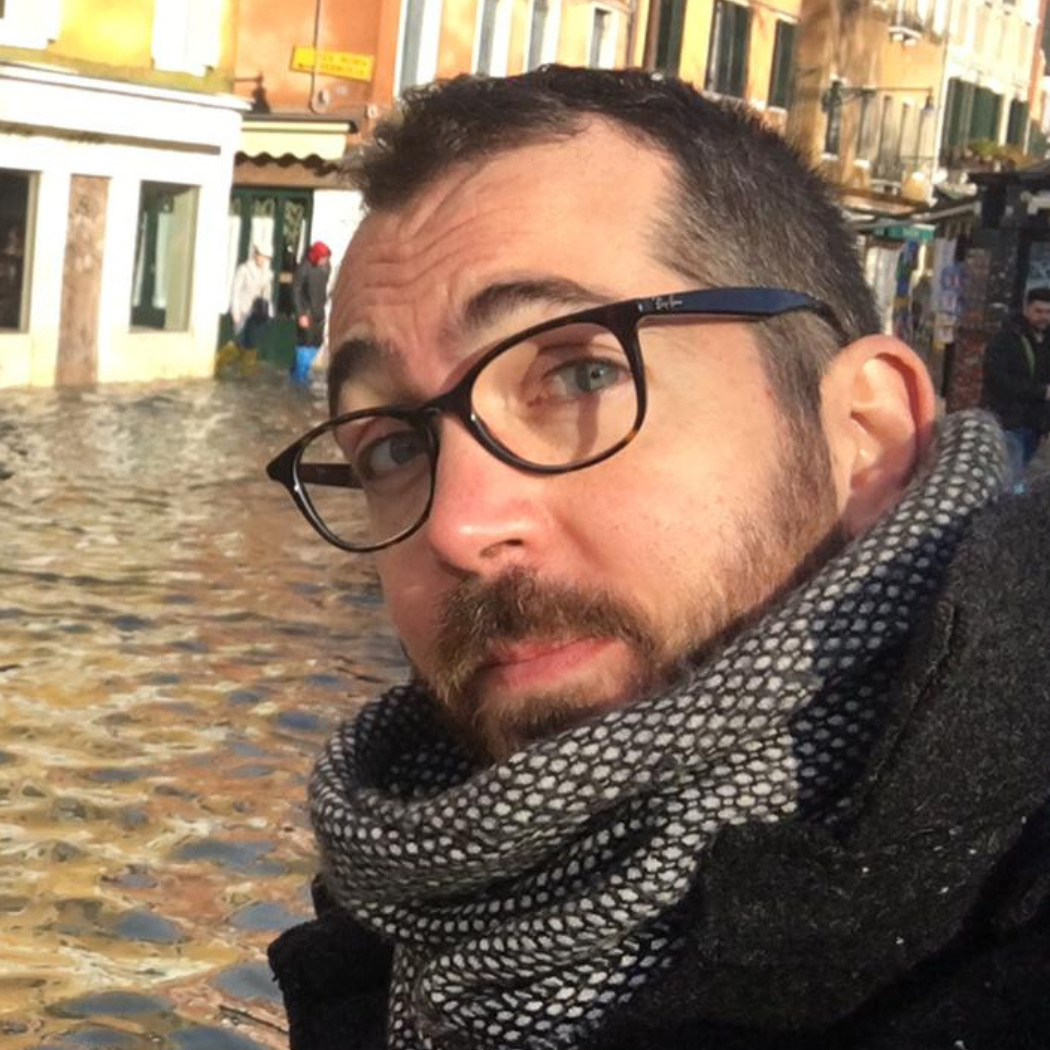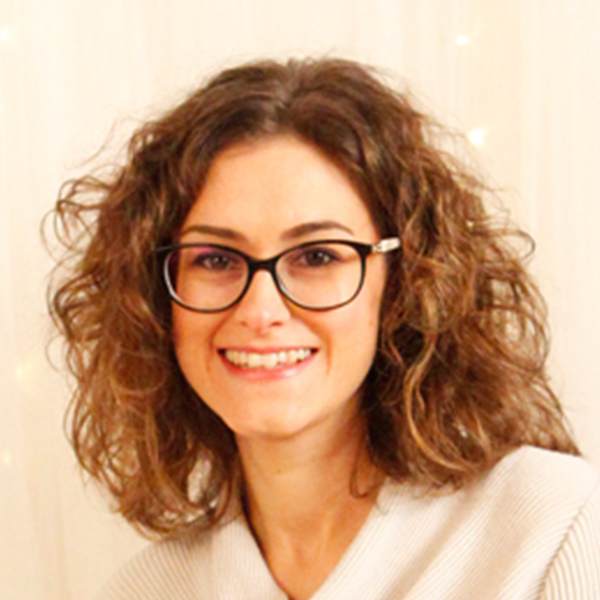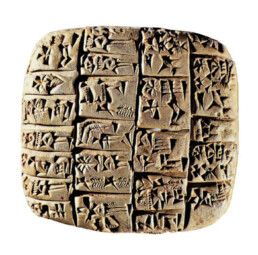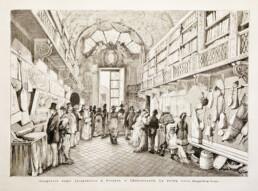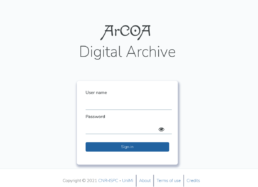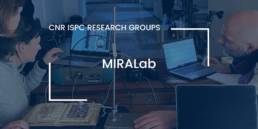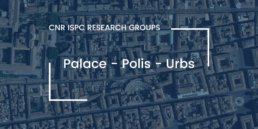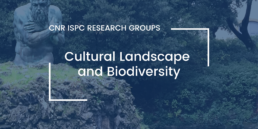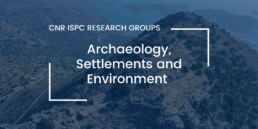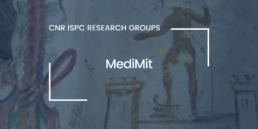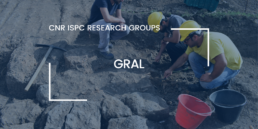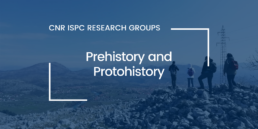ARCHAEOLOGY, PHILOLOGY AND HISTORY OF THE NEAR EAST
VOA | Ancient Near East research group
In the wake of the tradition of the former CNR institutes engaged in the studies on the Ancient Near East, the ISPC conducts archaeological and philological research on crucial historical issues, at the forefront of the international scene, which is now crossed by strongly innovative trends.
The wide range of skills of the VOA Group’s members enable fruitful collaborations with colleagues from other institutions in Italy and abroad. Their research lines and projects encompass broad geographical and chronological horizons.
In the northernmost area, the researches focus on cuneiform texts and the material culture of pre-classical Anatolia, while in the southernmost region pre-Islamic inscriptions from the Arabian Peninsula are investigated. In the central areas of the Near East, archaeological and art-historical studies are devoted to the cultures of Mesopotamia. Further west, the Levant is the subject of Assyriological, philological, historical and archaeological research, from Syria to Cyprus to Egypt. Further east, between Central and Middle Asia, contacts between the mobile groups of the Eurasian steppes and the settled farmers of the Iranian plateau are being investigated.
From a chronological point of view, the time span concerned is very wide, from the 4th millennium BC to the mid-1st millennium AD . In fact, the research not only continues to cover the periods traditionally investigated by the CNR, i.e. the Late Bronze and Iron Ages, but it has further extended to include both the Ancient and Middle Bronze Ages and Late Antiquity.
Two aspects of the ISPC’s VOA group, both characterised by an interdisciplinary approach, should be highlighted. The first concerns the increasing attention to the use of innovative technologies and their integration in archaeological and philological investigations. The second is the strong interest in the history of Near Eastern studies, which includes research based on archival materials and the study of archaeological collections.
The main lines of research can be summarised as follows:
- Surveys and archaeological excavations in Turkey and Egypt.
- Study of Indo-European and Semitic languages and analysis of the different forms of writing, sources and media.
- Study of sociopolitical, cultural and trade relations between the mobile groups of the Eurasian steppes and the settled communities of the Indo-Iranian plateau.
- Analysis of material production and craftsmanship and study of the diversification of specialisations and of cultural heritage as material evidence.
- Study of the Near Eastern collections in public and private museums in Italy and abroad for the purposes of conservation, valorisation and communication.
- History of archaeological, philological and historical studies on the ancient Near East and their reception in modern and contemporary societies.
- Study and application of digital methodologies and technologies for the analysis, cataloguing and publication of material and textual sources from the Ancient Near East.
The ISPC publishes the series Documenta Asiana. Collana di studi sull’Anatolia e l’Asia Anteriore Antica, established in 1994 by Mirjo Salvini and presently directed by Silvia Alaura.
VOA Staff
VOA Group members
Luca Peyronel (Università degli Studi di Milano), Anacleto D’Agostino (Università di Pisa), Alessandra Lazzari (CNR).
How to contact us
voagroup@ispc.cnr.it
Projects and Research activities
- ALandA – Ancient Landscapes of Anatolia in the Bronze Age (PRIN 2022, S. Alaura, F. Manuelli)
- ArCOA – Archivi e Collezioni dell’Oriente Antico (T. Pedrazzi, S. Di Paolo, I. Rossi, S. Ermidoro)
- Beyond the Crisis – continuity, transformation and innovation in the development of the Anatolian societies at the turn of 1st Millennium BCE: a case-study in the Upper Euphrates region (F. Manuelli)
- Big Data and Early Archives. Measuring Settlement Dynamics and Environmental Exploitation in the Ebla Region (Northern Syria) during the 3rd Millennium BC (PRIN 2017, M. Bonechi, S. Alaura)
- Borders not Limits. Ancient Egyptian Models. Progetto congiunto con CNRS – UMR8167 Orient et Méditerranée – Mondes Pharaoniques (G. Capriotti)
- DiWA – Dialogues between ancient Western Asia and us. Untold stories from Italian collections and archives (PRIN 2022 PNRR, S. Alaura, T. Pedrazzi)
- Environmental empowerment and social resilience in an inclusive border community: The ancient town of Tjeku (Egypt) and the Canal of Pharaohs. A multi-proxy environmental reconstruction, Laboratorio archeologico congiunto 2022-2023 (G. Capriotti)
- GRISSO – Gruppo di Ricerca Interdisciplinare di Storia degli Studi Orientali (S. Alaura, M. Bonechi, S. Ermidoro, F. Manuelli)
- MAPARABIA – Mapping Ancient Arabia for enhancing knowledge and shifting paradigms (unità di ricerca ANR 2018, I. Rossi)
- MAPDAM. Mapping Damage. Research on the archaeological Heritage in the Tartus Region (Syria) (PRIN 2022, T. Pedrazzi)
- Material Culture Studies. Craft and Crafting in the Ancient Near East: Knowledge and Practices (S. Di Paolo)
- The Material Cultural Heritage of the Ancient Near East: Places and Artifacts between Continuity, Integration and Metamorphosis (S. Di Paolo)
- Progetto Pilota Tell el-Maskhuta e Wadi Tumilat (Egitto) (G. Capriotti, A. Angelini, S. Alaura, M. Bonechi)
- The Sacred Geography of Saryarka: Genesis, Typology and Semantics in close collaboration with the “K.A. Akishev” Institute of Archaeology of Astana, Kazakhstan (G. L. Bonora)
- SAHT – Safeguarding the Archaeological Heritage in the Tartus coastal region (Syria), CNR International Joint Lab 2023-2024 (T. Pedrazzi)
- TRIBAL – Trespassing Religions, Identities and Borders in the Ancient Levant (F. Porzia)
For further information on ISPC research activities click the button.
Main collaborations
Universities
- Freie Universität Berlin, Institut für Altorientalistik
- Harvard University, Dept. NELC
- L.N. Gumilev Eurasian State University of Astana, Kazakhstan
- Sapienza Università di Roma, Dipartimento di Scienze dell’Antichità
- Università degli Studi di Firenze, Dipartimento SAGAS
- Università degli Studi di Milano, Dipartimento di Studi letterari, filologici e linguistici
- Università degli Studi di Pisa, Dipartimento di Civiltà e Forme del Sapere
- Università degli Studi di Torino, Dipartimento di Studi Storici
- Universität Zürich, Religionswissenschaftliches Seminar
- University of Oxford, Faculty of Oriental Studies
- Yale University, YBC and Dept. NELC
Istitutions
- Accademia dei Lincei – Fondazione Leone Caetani
- CNRS (UMR 8546 AOROC – École normale supérieure, Paris; UMR 8167 ‒ Orient & Méditerranée; UMR 5133 – Archéorient)
- Istituto di Cultura Italiana al Cairo
- K.A. Akishev – Institute of Archaeology of Astana, Kazakhstan
- Ministero degli Affari Esteri e della Cooperazione Internazionale (MAECI)
- Ministry of Tourism and Antiquities ‒ Arab Republic of Egypt
- Molecular Spectroscopy and Modeling Unit, National Research Centre, Egypt
- Soprintendenza Archeologica della Toscana
Museums
- Museo Archeologico, Firenze (MAF)
- Museo Arqueológico Nacional, Madrid
- Museo di Antichità – Musei Reali di Torino (MAT)
Main publications
S. Alaura, The Much-Fabled End of the Hittite Empire. Tracing the History of a Crucial Topic, in S. de Martino, E. Devecchi (eds), Anatolia between the 13th and the 12th Century B.C.E. (International Congress, Turin, January 22-23, 2019), Eothen 23, Firenze 2020, 9-30.
S. Alaura, Rediscovery and Reception of the Hittites: An Overview, in S. de Martino (ed.), Handbook Hittite Empire (Empires through the Ages in Global Perspective 1), Berlin-Boston 2022, W. de Gruyter, 693-779.
M. Bonechi, Data and Problems Concerning the Intercalary Month in the Ebla Palace G Texts (with Special Focus on MEE 2 39 and 40), in W. Sommerfeld (ed.), Dealing with Antiquity: Past, Present & Future. RAI Marburg, Alter Orient und Altes Testament 460, Münster 2020, 101-164.
G.L. Bonora, M. Vidale, A “Shoehorn” at Altyn Depe: A Biased Application of the Urban Revolution Model of Vere Gordon Childe (1950), Journal of Urban Archaeology 8 (2023), 115-125.
G.L. Bonora, et alii, Genomic Analysis of 18th-Century Kazakh Individuals and Their Oral Microbiome, Biology 2021, 10, 1324.
G. Capriotti Vittozzi, Some notes on the great enclosure wall of Tell el-Maskhuta I-II, Vicino Oriente XXVI, 2022 (2023), 207-228.
G. Capriotti Vittozzi (a cura di), File e i suoi monumenti/Philae and its monuments. Il contributo dell’Italia / Philae, the Pearl of the Nile reclaimed from the waters. The Italian contribution, Roma 2021.
S. Di Paolo, The Copy is More. The Inquiry on the “Unstable” Original-Copy Relation. Theoretical Foundations and Application Contexts; Copies and Degrees of Similarities: Accuracy in the Mimesis and its Violations in the Ancient Near East, in S. Di Paolo (ed.), The Power of Implementing Meanings of the Copy between Past, Present and Future. An Overview from the Ancient Near East, AVO 19, Münster 2018, 29-70.
S. Di Paolo, Personhood, Senses and Artefacts: Tactile and Visual Experience in Perceiving the Immaterial Materially, in D. Nadali, F. Pinnock (eds), Sensing the Past. Detecting the Use of the Five Senses in Ancient Near Eastern Contexts, Rome 2020, 167-181.
S. Ermidoro, Da Ninive a Venezia: i documenti d’archivio relativi ai doni di Austen Henry Layard, in S. Alaura (ed.), Digging in the Archives. From the History of Oriental Studies to the History of Ideas, Documenta Asiana 11, Rome 2020, 12-32.
S. Ermidoro, Animals in the Ancient Mesopotamian Diet. Prohibitions and Regulations Related to Meat in the First Millennium BCE, in P. Altmann, A. Angelini, A. Spiciarich (eds), Food Taboos and Biblical Prohibitions: Reassessing Archaeological and Literary Perspectives, Archaeology and Bible 2, Tübingen 2020, 25-42.
M. Frangipane, F. Di Filippo, F. Manuelli, L. Mori, Collapse or Transformation? Regeneration and Innovation at the Turn of the 1st millennium BC at Arslantepe, Turkey, Antiquity Project Gallery 362, 2018, 1-7.
F. Manuelli, Drifting Southward? Tracing Aspects of Cultural Continuity and Change in the Late 2nd Millennium BC Syro-Anatolian Region, Studia Eblaitica, 4, 2018, 139-186.
T. Pedrazzi, Canaanite Jars and the Maritime Trade Network in the Northern Levant during the Transition from the Late Bronze to Early Iron Age, in A.B. Knapp, S. Demesticha (eds), Maritime Transport Containers in the Bronze-Iron Age Aegean and Eastern Mediterranean, SIMA PB 183, Uppsala 2016, 57-77.
F. Porzia, C. Bonnet (eds), Divine Names on the Spot II. Exploring the potentials of divine names in images and in narratives, Orbis Biblicus et Orientalis 299, Leuven (333 pp.). ISBN: 978-90-429-5161-7.
F. Porzia, Le peuple aux trois noms. Une histoire de l’ancien Israël à travers le prisme de ses ethnonymes, Orbis Biblicus et Orientalis 298, Leuven (406 pp.). ISBN: 978-90-429-5073-3.
F. Porzia, ‘Nomina nuda tenemus?’ The Notion of ‘Name’ in Ancient Levant and the Hebrew Bible, Hebrew Bible and Ancient Israel 11(3), 2022, 197-214. DOI 10.1628/hebai-2022-0030.
I. Rossi, On the root NḪY in Ancient South Arabian inscriptions: An etymological and contextual study, Proceedings of the Seminar for Arabian Studies 51, 2022, 297-312.
I. Rossi, The city-states of the Jawf at the dawn of Ancient South Arabian history (8th-6th centuries BCE). II. Corpus of the inscriptions, Arabia Antica 17/2, Rome 2022.
